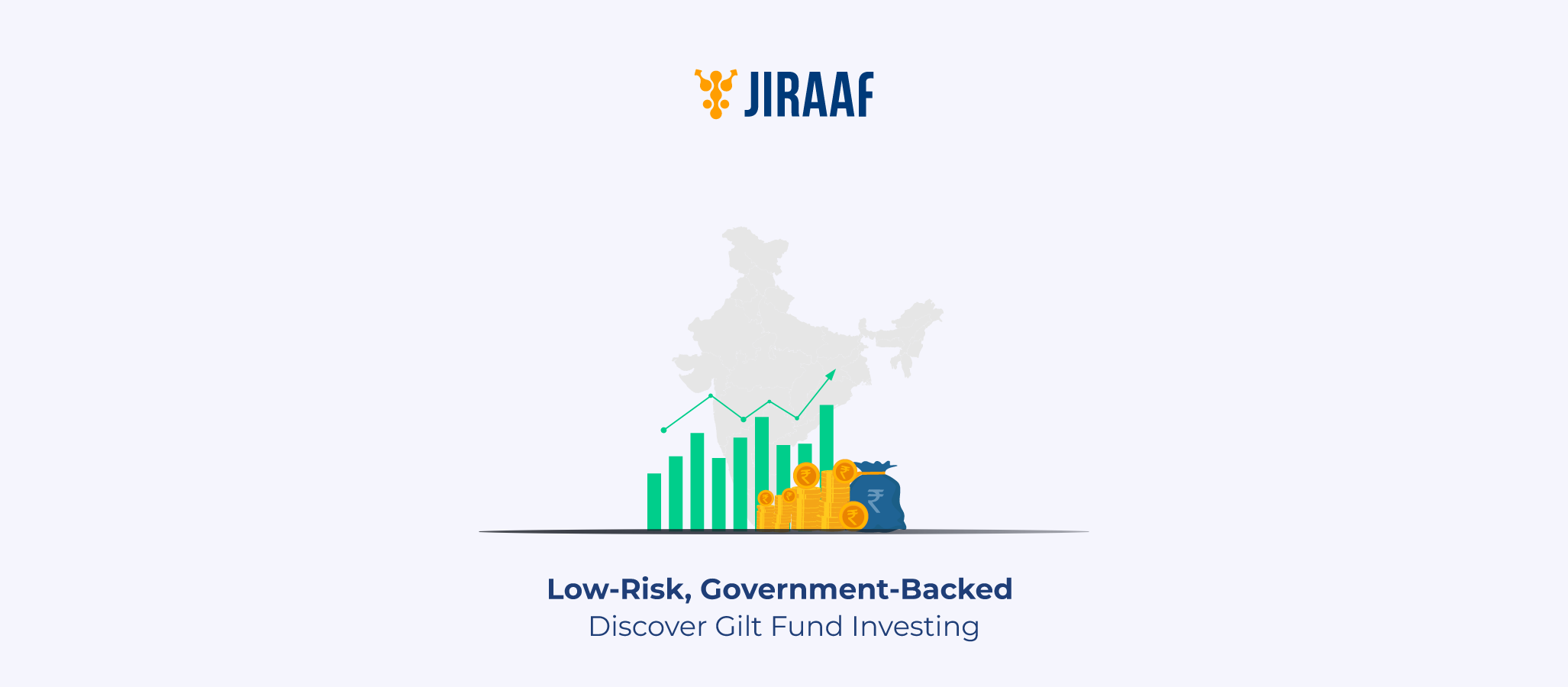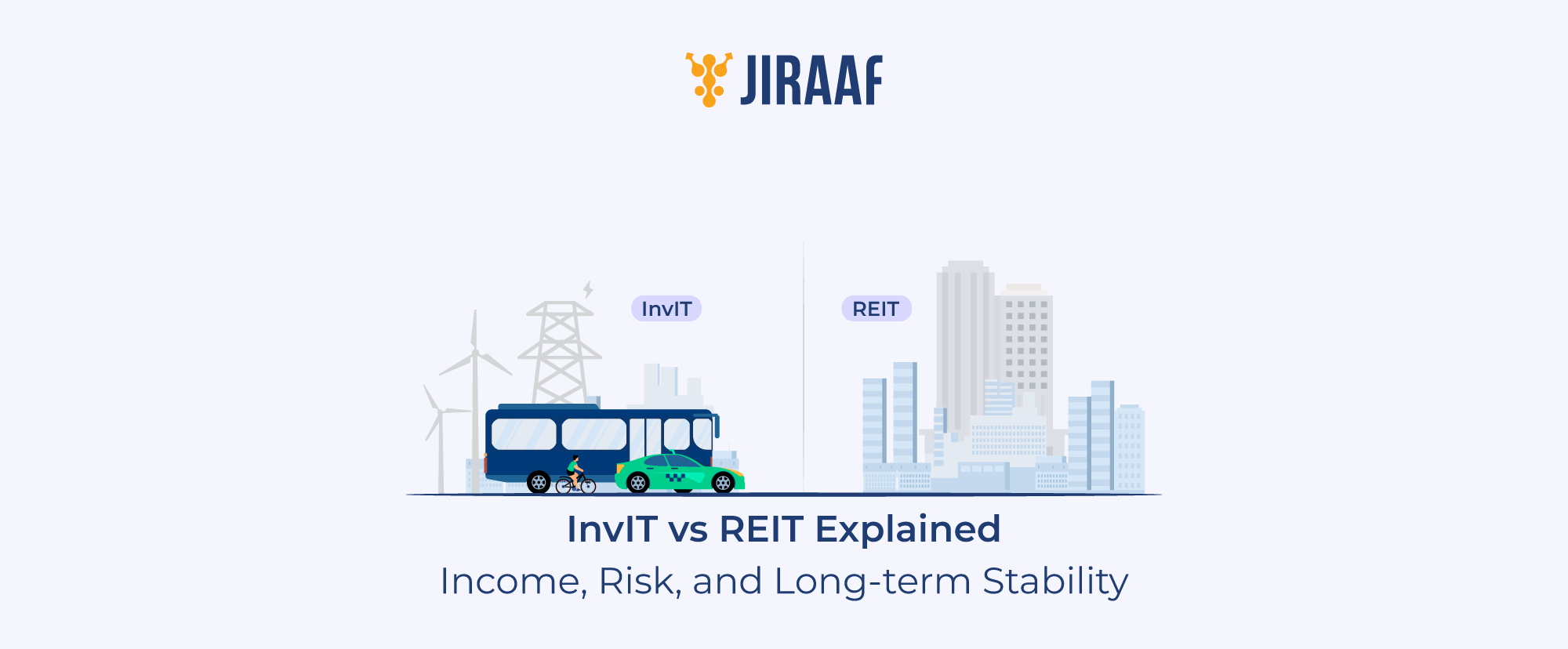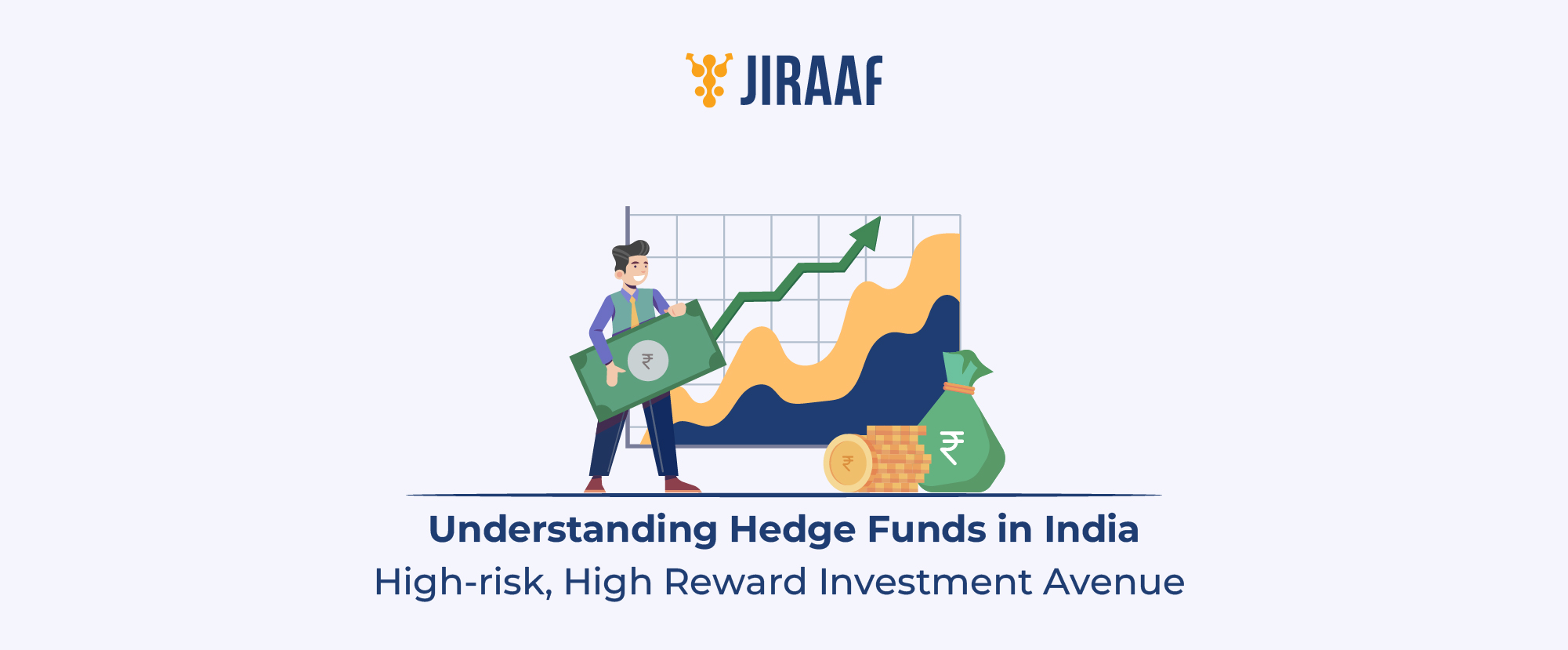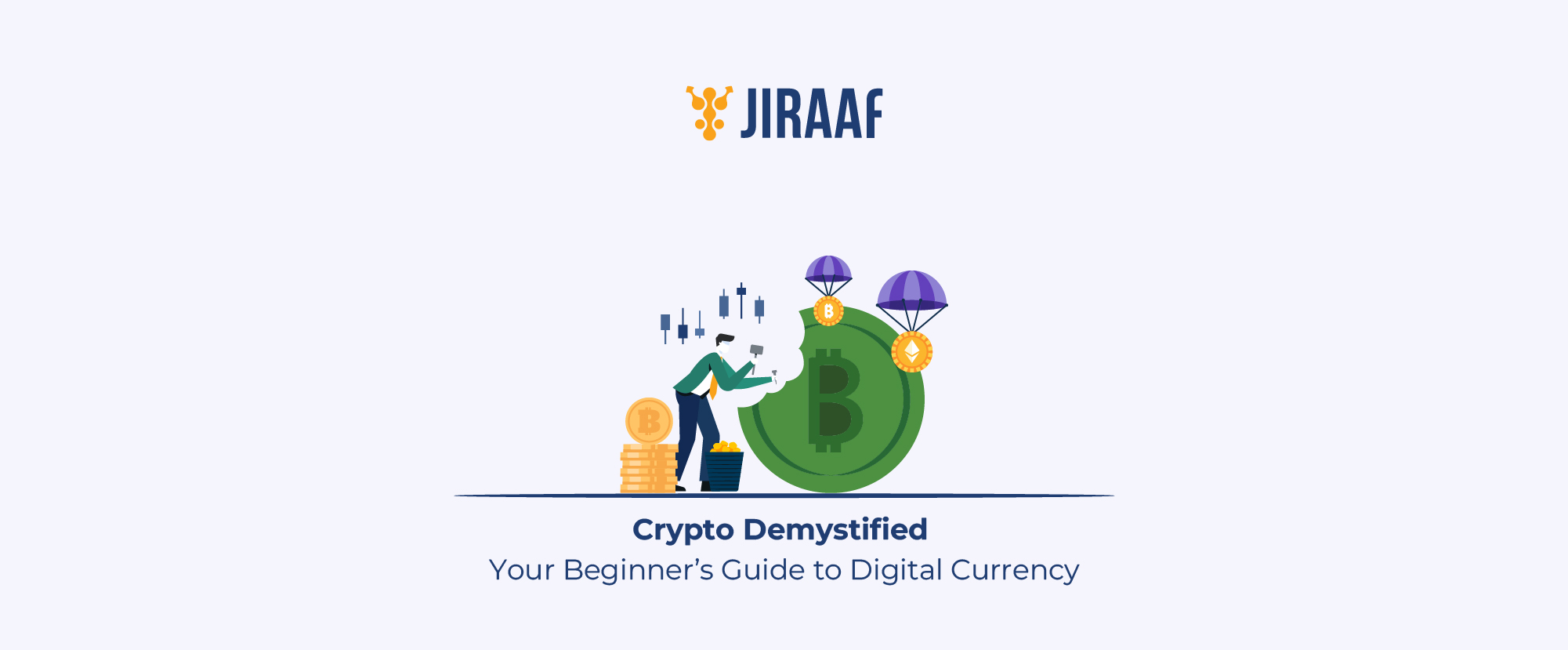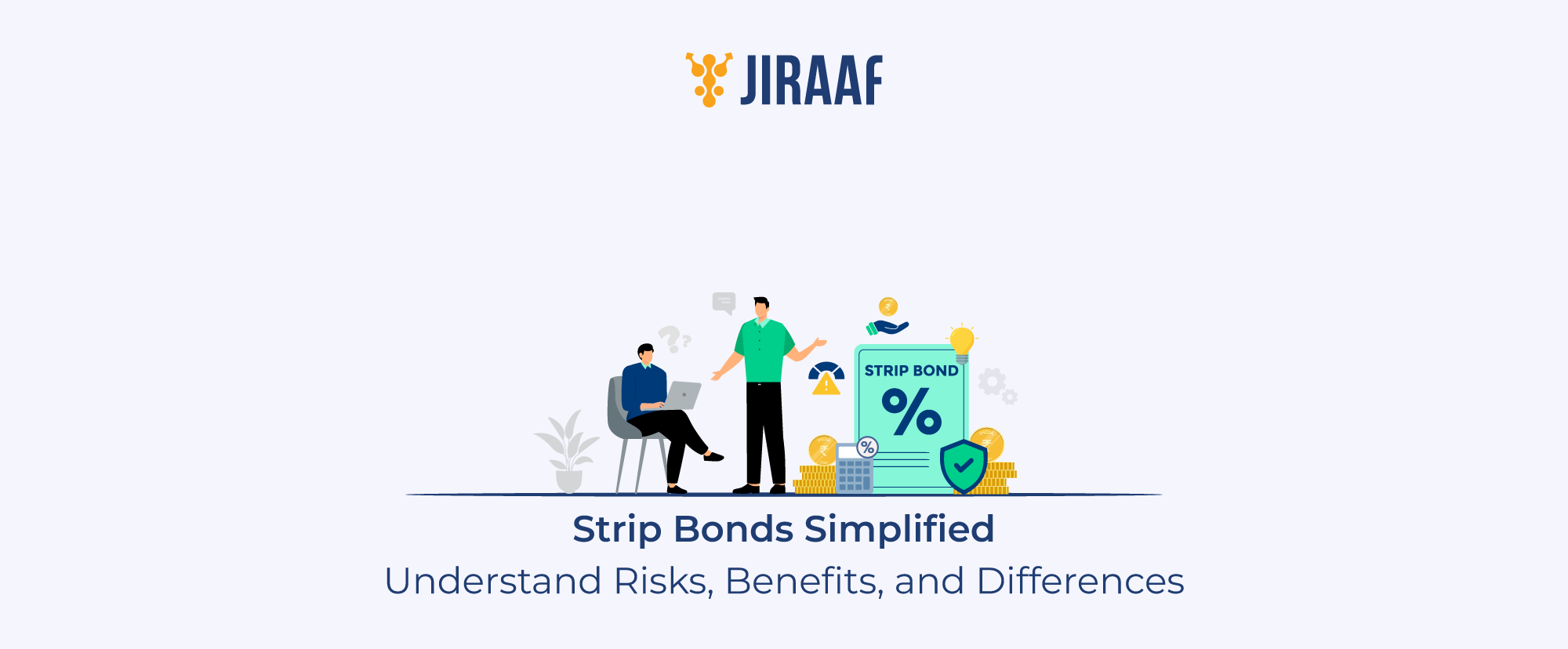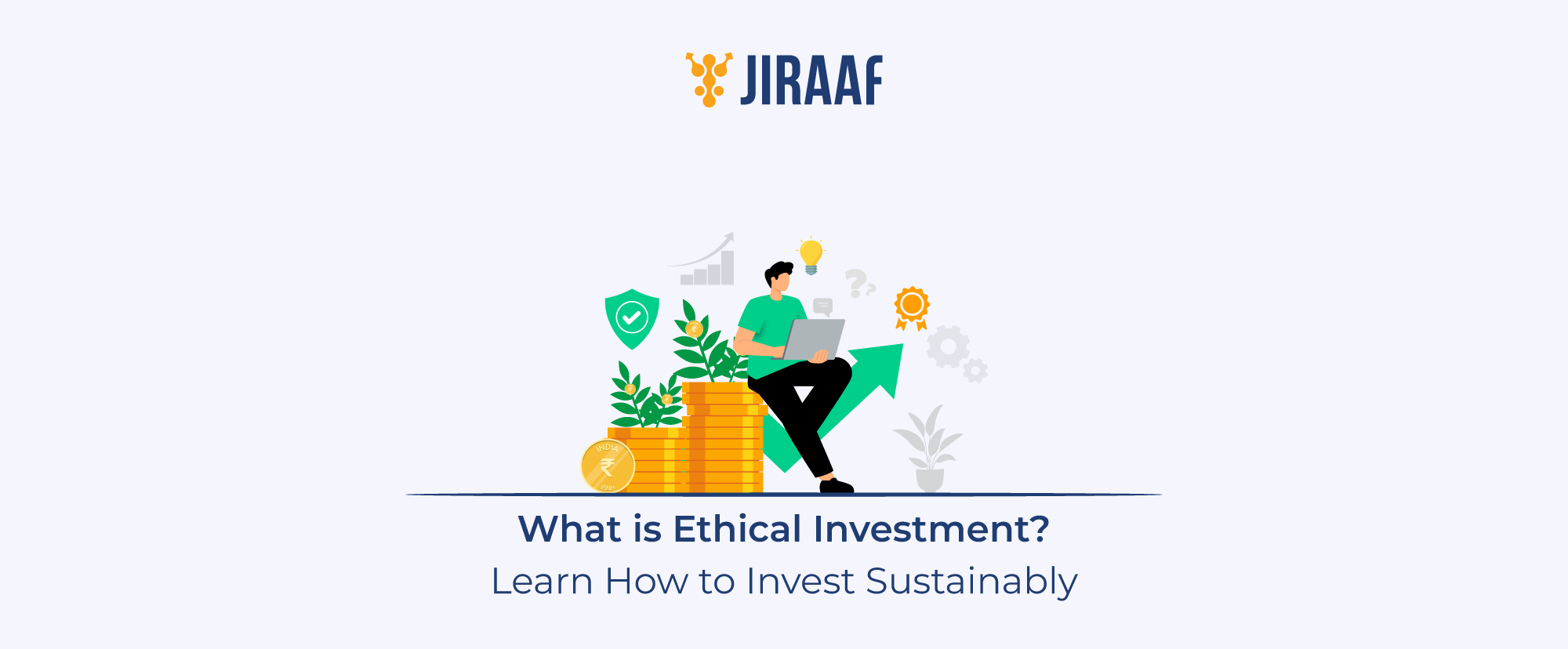Options that prioritize safety without compromising rewards are what investors instinctively seek during periods of market volatility. Although mutual funds are often regarded as a risk-reward strategy that strikes a balance, there is a subset of mutual funds that is even more security-focused, known as gilt funds.
These indirectly stimulates national growth by providing funding for fiscal requirements and projects and depends on gilt funds in addition to offering safety. Investors are given an exceptional opportunity to combine their own financial stability with participation in the overall economy’s progress.
So, what exactly makes gilt funds stand out, and how do they work within the debt market framework? Let’s explore.
What Is a Gilt Fund?
A gilt fund is a type of mutual fund that channels investments into government securities issued by India’s central or state governments. Because these securities are backed by the sovereign, the risk of default is nearly zero, making them one of the safest options in the debt category.
In simple terms, you are lending money to the government in exchange for steady, reliable returns. Unlike corporate bonds, there’s no credit risk involved, though changes in interest rates can affect performance.
By offering safety with reasonable growth potential, gilt funds often appeal to conservative investors who value security. But how do they function in practice? Let’s take a closer look.
How Do Gilt Funds Work?
Gilt funds are appealing not just because they are safe but also because of the way they function to help investors and India’s development. The Reserve Bank of India (RBI) is the primary source for funds whenever the national or state governments need these funds, whether to handle fiscal requirements or for infrastructural projects like roads and railroads. As the government’s banker, the RBI raises funds by issuing government securities (G-secs) through auctions to institutions such as banks, insurers, and mutual funds.
These securities have a fixed tenure and were formerly referred to as “gilt-edged” due to their gold-trimmed certificates, which symbolize dependability and excellence. Even though they are now digital, they nevertheless inspire the same level of trust. Gilt fund managers can buy these assets on the secondary market or directly subscribe to them through auctions.
Once issued, the government pays regular coupon interest on these securities, and at maturity, it repays the principal amount. This structure ensures that the fund earns both steady income and capital preservation. For investors, this means exposure to a product backed by sovereign trust, leaving almost no room for default risk.
Of course, gilt funds aren’t entirely risk-free. Their performance is tied closely to interest rate movements: when rates fall, the Net Asset Value (NAV) of gilt funds rises, while rising rates can weigh on returns. Still, for those seeking stability with a sense of contributing to the nation’s progress, gilt funds hold strong appeal.
Curious to see what makes them stand out for risk-averse investors? Let’s explore their key benefits.
Benefits of Investing in Gilt Funds
- Low-risk investments
Because gilt funds exclusively invest in government securities, they carry almost negligible credit risk, which makes them suitable for conservative investors.
- Stable returns
Regular coupon payments ensure steady income, while government backing adds a layer of safety rarely found in other mutual funds.
- Liquidity and accessibility
Unlike directly buying G-secs, gilt funds offer investors greater flexibility in terms of access, purchase, and sale, making them easier to buy and sell.
They work well alongside equities, offering balance and reducing overall volatility in an investment portfolio.
- Supporting national growth
Purchasing gilt funds allows you to indirectly support the government’s borrowing program, which funds development and infrastructure initiatives.
However, safety does not equate to perfection. Every investor should be aware of the potential risks associated with gilt funds, just like they are with any other investment. Let’s analyze them.
Risks Associated with Gilt Funds
- Interest Rates Risk
Changes in interest rates are the most significant risk gilt funds face. Bond prices decline in response to rising interest rates, which may lower the Net Asset Value (NAV) of gilt funds and impact returns.
- Market volatility
Government-backed gilt funds continue being traded on the debt market. Their performance may be affected by short-term fluctuations, particularly when they are experiencing financial difficulties.
- Duration Risk
Long-term government securities are the primary investments of many gilt funds. Being more susceptible to rate fluctuations over more extended periods can magnify gains in situations where rates are declining, while increasing losses in situations where rates are rising.
- Inflation Risk
High inflation can gradually reduce the real worth of returns and their purchasing power, even in the case of consistent coupon payments.
- Liquidity Risk
Even while gilt funds are more liquid than holding G-secs directly, redemption pressures may nonetheless affect them. Fund managers may struggle to sell long-term securities during abrupt market selloffs without incurring losses.
Safety, stability, and some risks too—now the key is figuring out who should consider gilt funds as part of their portfolio
Who Should Invest in Gilt Funds?
Deciding whether gilt funds fit into your portfolio ultimately comes down to personal goals and choices. Still, if we look closely at their features, it’s easy to see the kinds of investors they naturally appeal to.
- Low-risk tolerance
These funds work well for investors who prefer conservative investment options with minimal default risk.
- Interest rate watchers
Those expecting rate cuts may benefit as falling rates often push gilt fund values higher.
- Medium to long-term investors
Staying invested for several years helps balance out rate fluctuations.
- Nation-builders
Investing here indirectly supports government borrowing and, by extension, development projects.
- Diversifiers
Great for investors seeking stability in debt exposure without stepping into risky corporate bonds.
Knowing who gilt funds are designed for is just one side of the picture. The next step is understanding the process—how do you put your money into them and make them a part of your portfolio in India?
How to Invest in Gilt Funds in India
Investing in gilt funds in India is straightforward, thanks to the accessibility of mutual funds, but requires careful planning due to their interest rate sensitivity. Below is a step-by-step guide to help you start investing in gilt funds, along with key considerations to ensure they align with your financial goals
- Assess your goals and risk comfort
Decide why you want to invest in gilt funds (stability, rate-cut upside, diversification) and how long you can stay invested.
- Complete KYC
Finish PAN/Aadhaar-based KYC with your broker or fund house to enable purchases of mutual funds online.
- Choose your gilt fund
Look for the duration profile (regular gilt vs. 10-year constant maturity), expense ratio, portfolio maturity, and how it performed across rate cycles.
- Pick your platform
Invest via the AMC website, your broker, or a trusted investment app—whichever option allows you to track and transact easily.
- Decide the amount and mode
Lump sum if you’re comfortable with rate timing or set up an SIP/STP to average into the market.
- Set up mandates and invest
Enable e-mandates, select growth or IDCW options, review tax treatment, and confirm the purchase.
- Monitor and rebalance
Review your performance quarterly, watch interest-rate cues, and rebalance your overall asset mix accordingly.
As per the latest regulations, for all investments made in gilt funds on or after April 1, 2023, any capital gains are treated as short-term capital gains and are taxed at your applicable income tax slab rate. Indexation and long-term capital gains provisions no longer apply. If the investment is made before April 1, 2023, and held for more than 24 months, LTCG is taxed at 12.5% without indexation. For investments after April 1, 2023, all capital gains are taxed at the slab rate, regardless of the holding period.
As we are done with the steps of setting up for investing, let’s see how it stands out from debt funds.
Gilt Funds vs Other Debt Funds
| Aspect | Gilt Funds | Debt Funds |
| Definition | Gilt funds invest only in government securities (G-secs) issued by the central or state government. | Debt funds invest in a mix of corporate bonds, debentures, money market instruments, and sometimes G-secs. |
| Risk Profile | Very low credit risk since they are backed by the government. | Risk varies depending on the issuer—corporate bonds carry default risk. |
| Returns | Relatively stable, but sensitive to interest rate changes. | Returns vary; higher credit risk instruments may offer better yields. |
| Liquidity | High liquidity but NAVs can fluctuate with rate movements. | Liquidity depends on the type of debt instruments held. |
| Investor Suitability | Best suited for conservative investors seeking safety. | Suitable for investors balancing safety with slightly higher return potential. |
Although gilt funds are renowned for their security and government support, they may not be the ideal solution for everyone. Interest rate changes continue to impact their performance, and how they fit into a portfolio is determined by specific financial objectives, time horizon, and risk tolerance. Understanding the difference between debt and gilt funds is the first step, but the actual benefit is in integrating them into your broader investment plan.
